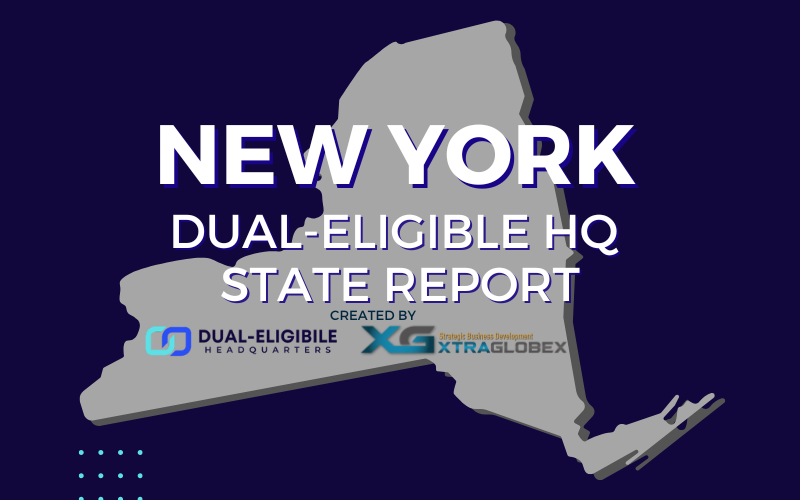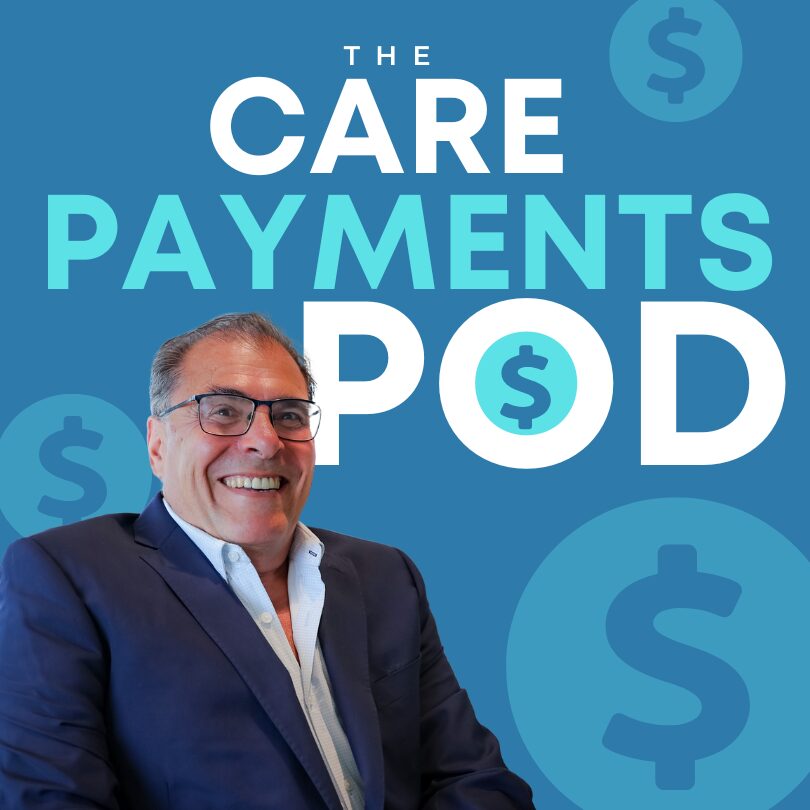As we move through 2025, the evolving landscape of Long-Term Services and Supports (LTSS) policy demands urgent attention—especially for dual-eligible individuals, who are among the most medically and socially complex populations in our healthcare system. Dual eligibles—those who qualify for both Medicare and Medicaid—are not just a statistical subgroup of enrollees; they are individuals with significant needs whose well-being is uniquely vulnerable to policy shifts. Amid legislative proposals, budget negotiations, and systemic reforms, the critical question remains: Do these changes help or hinder the lives of dual consumers, or are they merely blunt instruments for broader Medicaid cost containment?
Who Are Dual Eligibles, Really?
Approximately 12.2 million Americans are dually eligible for Medicare and Medicaid, comprising 19% of Medicare enrollees and 13% of those in Medicaid. Yet they account for a disproportionate share of expenditures—35% of Medicare and 27% of Medicaid spending—due to their high levels of need [1]. Importantly, about 40% of this group is under the age of 65 and living with disabilities [2]. Their reliance on LTSS—such as home care, personal attendants, adult day health programs, or skilled nursing—is both profound and often lifelong.
Dual-eligible individuals are already well recognized as a small but disproportionately high-cost group with extensive reliance on LTSS. What often gets overlooked, however, is the compounded vulnerability they face when policy changes are made. This population is not monolithic—they span a wide range of disabilities, age groups, and living situations, often navigating fragmented systems while contending with housing instability, transportation barriers, and limited incomes. As a result, when Medicaid or LTSS reforms are introduced—even those aimed at the broader Medicaid population—dual eligibles are typically the first to feel the impact, and the hardest hit.
Policy Proposals with Outsized Consequences
The May 2025 House Republican budget proposal includes over $880 billion in federal spending reductions across a decade, with sweeping implications for Medicaid and, by extension, dual eligibles [3]. The headlines include:
- Work Requirements: These would apply to able-bodied adults without dependents, requiring 80 hours of employment or community engagement monthly [4]. While many duals would be formally exempt due to age or disability, advocates caution that the administrative burden of proving exemption could deter access or cause wrongful disenrollment.
- Cost-Sharing and Copays: New out-of-pocket costs for Medicaid services could be financially ruinous for duals, many of whom live on less than $1,200 per month. Even small copays create difficult choices between care, rent, and food [3].
- Limits on Provider Taxes: Restricting states from taxing healthcare providers to finance Medicaid may reduce overall funding, jeopardizing access to HCBS—a lifeline for many dual consumers [3].
To a general Medicaid population, these policies may appear as standard cost-control mechanisms. But for duals, they threaten the scaffolding that enables day-to-day survival.
The Promise and Pitfalls of Integrated Care
Integrated care models like Fully Integrated Dual Eligible Special Needs Plans (FIDE SNPs) continue to expand. Starting in 2025, new rules require FIDE SNPs to enroll only individuals receiving both Medicare and Medicaid through the same parent organization [5]. This theoretically improves coordination and efficiency, reducing fragmented service delivery.
But these models are only as effective as their implementation. Questions persist about the adequacy of provider networks, beneficiary protections, and the ability of plans to handle the complexity of duals’ lives [6]. When consumers don’t understand their coverage—or when plans cut corners on care coordination—integrated models can devolve into bureaucratic silos with higher profits and worse outcomes.
From the advocate’s perspective, any shift toward integration must be accompanied by strong consumer protections, culturally competent outreach, and transparent accountability mechanisms. Otherwise, these programs risk becoming yet another layer of complexity rather than a path to simplification.
Geographic Disparities in LTSS Access
States continue to shape the delivery of LTSS with wide variance. Some, like Florida, offer diverse Medicaid-funded options including HCBS and assisted living. Others limit access through restrictive eligibility criteria or capped waivers [7]. The result is a postcode lottery in LTSS access: where you live may determine whether you receive care at home or in an institution.
The State Medicaid Integration Tracker shows an increase in states adopting Managed Long-Term Services and Supports (MLTSS), but not all MLTSS programs are tailored to the nuanced needs of dual eligibles [8]. Without strict oversight, MLTSS can become a blunt cost-cutting tool rather than a mechanism for person-centered care.
The Financial Tightrope
Dual eligibles rely on Medicaid not only for LTSS but also for paying Medicare premiums and cost-sharing. In 2025, the Medicare Part B premium is $185/month—a significant portion of income for someone below the poverty line [9]. Cuts to Medicaid threaten this crucial financial safety net. For duals, the implications are clear: missed doctor visits, medication non-adherence, delayed care, and higher emergency room utilization.
The Advocate’s View: Consumers Must Be at the Center
Advocates argue that the most significant gap in the current discourse is the absence of consumer voices. Policymakers often discuss dual eligibles as a cost center to be managed—not as people with rights, preferences, and stories.
Consider a dual-eligible consumer living with early-stage dementia who receives 20 hours of home care per week through Medicaid. If that person faces copays, administrative barriers, or reduced provider availability, they could be institutionalized prematurely—at far greater cost to the system and to their dignity.
These changes are not hypothetical. They are direct threats to autonomy, stability, and health. Fiscal responsibility must not come at the cost of consumer well-being. As we weigh policy options, the central test must be: Will this change improve the lives of dual eligibles—or will it create new risks for those who already face too many?
For more insights and resources on dual-eligible beneficiaries, visit DualEligibleHQ.com.
Recommendations for a More Equitable Path Forward
- Exempt Duals from Burdensome Requirements: Explicit protections should prevent duals from being subject to work requirements or excessive documentation hurdles.
- Protect HCBS and LTSS Funding: Instead of across-the-board cuts, funding should be evaluated based on its role in preserving community living and independence.
- Strengthen Oversight of Integrated Plans: FIDE SNPs and other models must be held accountable for outcomes, beneficiary satisfaction, and access to culturally appropriate services.
- Build Consumer-Centric Measurement Systems: Feedback from duals must shape the evolution of Medicaid and Medicare policy. Tools like grievance tracking, ombudsman reports, and qualitative research should be prioritized.
Conclusion
The future of LTSS for dual eligibles hinges on intentional, equity-driven policymaking. These are not average Medicaid beneficiaries. Their needs are deeper, their risks are greater, and their voices often go unheard. If we center their experience—not just their cost profile—we can create a system that is both fiscally sustainable and morally sound.
References
- BCG. “Meeting the Care Needs of Dual-Eligible Individuals.”
- UnitedHealth Group. “Fully Integrated Plans for Dual Medicare-Medicaid Enrollees.”
- Politico. “House GOP Budget Proposal 2025.”
- Barron’s. “Medicaid Work Requirements: A Policy Shift.”
- KFF. “Tracking the Medicaid Provisions in the 2025 Reconciliation Bill.”
- Justice in Aging. “Upcoming Changes for Dually Enrolled Individuals: The Final 2025 Medicare Advantage Rule.”
- Medicaid.gov. “Seniors & Medicare and Medicaid Enrollees.”
- Advancing States. “State Medicaid Integration Tracker.”
- AAHD. “Supporting Dual Eligibles in 2025.”
- Florida Medicaid Long Term Care Eligibility.





